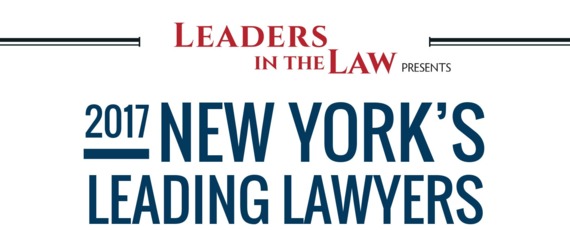The Use of Force Continuum was created to provide an objective evaluation of whether a police officer’s actions were reasonable under the circumstances. While the police have a very difficult job and have the right to protect themselves and others, they also have a duty to handle potentially volatile situations reasonably under the circumstances. If they do not, the victim may have grounds for a lawsuit of excessive force or police brutality against the NYPD.

The Five Steps of the Use of Force Continuum
The Use of Force Continuum is a scale that includes several steps, and can be used to determine whether or not the officer utilized the appropriate level of force under the circumstances. Each step is listed below:
- Officer Presence: At this step, no force is used, and this is always the preferred method of resolving a dispute or conflict. At this level, the mere presence of an officer and/or a marked police car at the scene is sufficient to prevent a crime in progress or stop conflict from escalating.
- Verbal Commands: Sometimes the physical presence of an officer is not enough, so verbal warnings or commands must be used in order to deescalate a situation. Examples of warnings or commands are “stop,” “you’re under arrest,” “drop your weapon,” “stand still” or “don’t move.” The officer is expected to use a calm and non-threatening, but firm, tone of voice.
- Empty Hand Control: If the first two steps have not worked to deescalate the situation, then the officer may need to use force. At this step, the use of force is limited to the officer’s hands and feet – no weapons, devices, or equipment. There are two types of force that may be utilized in this step: “soft empty hand techniques” or “hard empty hand techniques.” The former would include using the hands to hold or restrain someone in order to deescalate the situation. The latter may require kicks, slaps, or punches in order to subdue someone.
- Less Lethal Options: These alternatives should only be used when the aforementioned uses of force have failed to subdue the situation, as they have a higher likelihood of causing severe damage to bystanders or the suspect than the uses of force prescribed in the previous step. The options at this step are meant to incapacitate or confuse the suspect, which may allow the officer to subdue the suspect and gain control of the situation without having to resort to any sort of deadly force. Examples of less lethal options include the use of a baton, pepper spray, a Taser, or another chemical spray.
- Lethal Force: The most common example of an officer’s use of a lethal weapon is a firearm. It should only be used as a last resort in situations where there is a risk of serious injury or death to the officer and/or other individuals due to the suspect’s actions.
What Level of Force May the Officer Use?
Every situation is different, and officers are often faced with making split-second decisions that can have life-or-death ramifications for a number of people. With that in mind, officers have the freedom to skip steps if they feel like it is necessary under the circumstances. Officers are permitted and justified to use equal force to what the suspect is using, or even one step above what the officer is encountering from the suspect in order to subdue the situation.
Damages You May Seek in a Lawsuit Against the NYPD
Victims of excessive force or police brutality at the hands of the NYPD may have grounds for a lawsuit to hold the responsible parties accountable and to receive fair compensation for the damages they sustained. During a free consultation with an NYC civil rights lawyer at Friedman, Levy, Goldfarb & Green, we will help determine the strength of your case and explore options for how best to obtain justice for you and your family. Some of the damages you may seek include the following:
- Medical expenses
- Pain and suffering
- Mental anguish and humiliation
- Lost wages and loss of future earning capacity
- Punitive damages
- Attorney’s fees
We Can Help You Stand Up for Your Rights
If you think the NYPD may have used excessive force against you or a loved one, call our civil rights attorneys at Friedman, Levy, Goldfarb & Green, LLC for your free case review. Filing a claim against the NYPD is no easy task, but the right attorney will help you hold New York Police Department officers accountable when they abuse their power. Our attorneys work on a contingency fee basis, meaning you will not owe us any lawyer fees unless you win your case.






